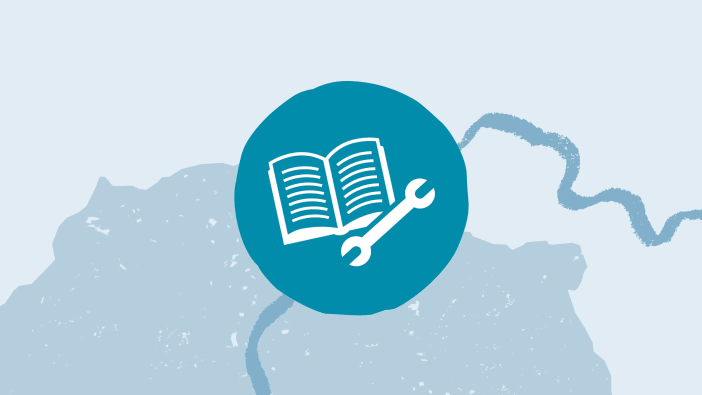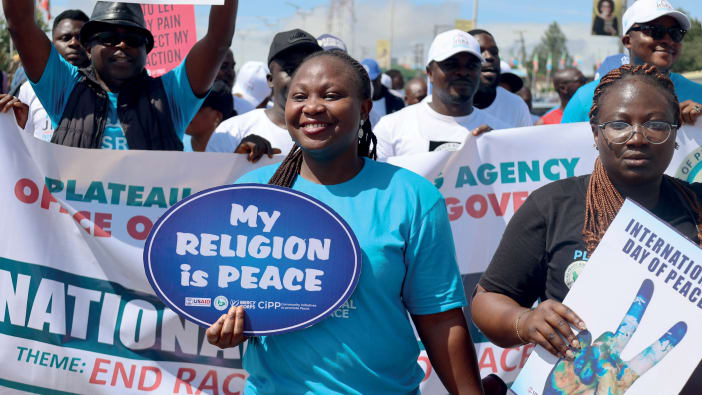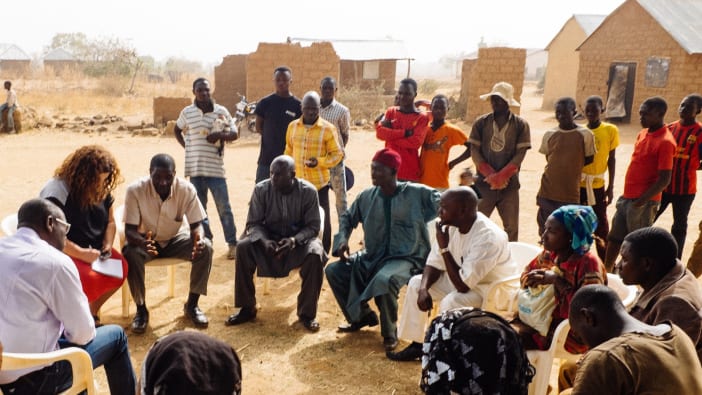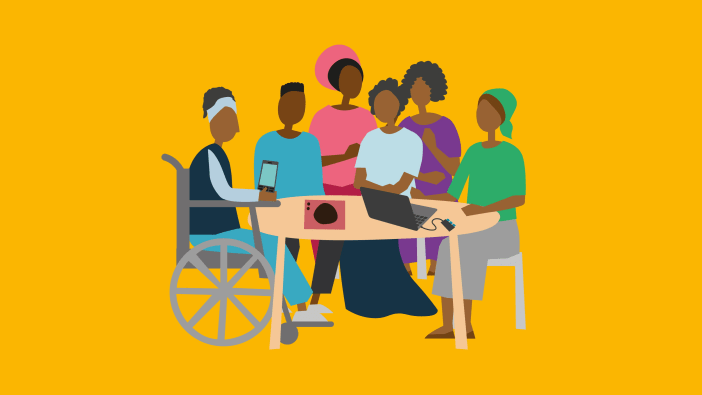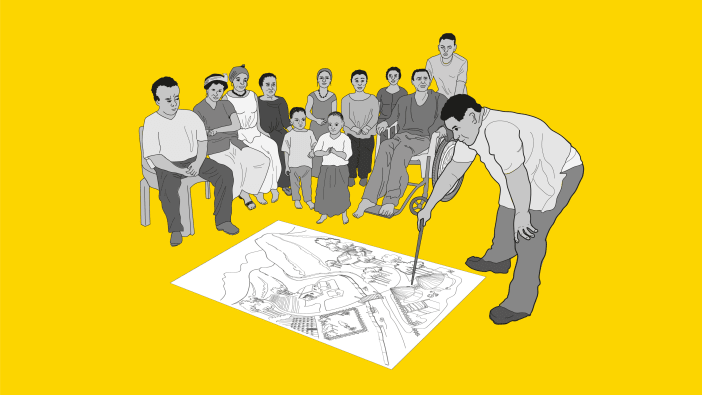Adapt this tool for your context and use it to help people understand conflicts better and find lasting solutions.
Tools and guides
Conflict tree
A tool to help people understand conflicts better and find lasting solutions
2023 Available in English, Portuguese, Spanish and French
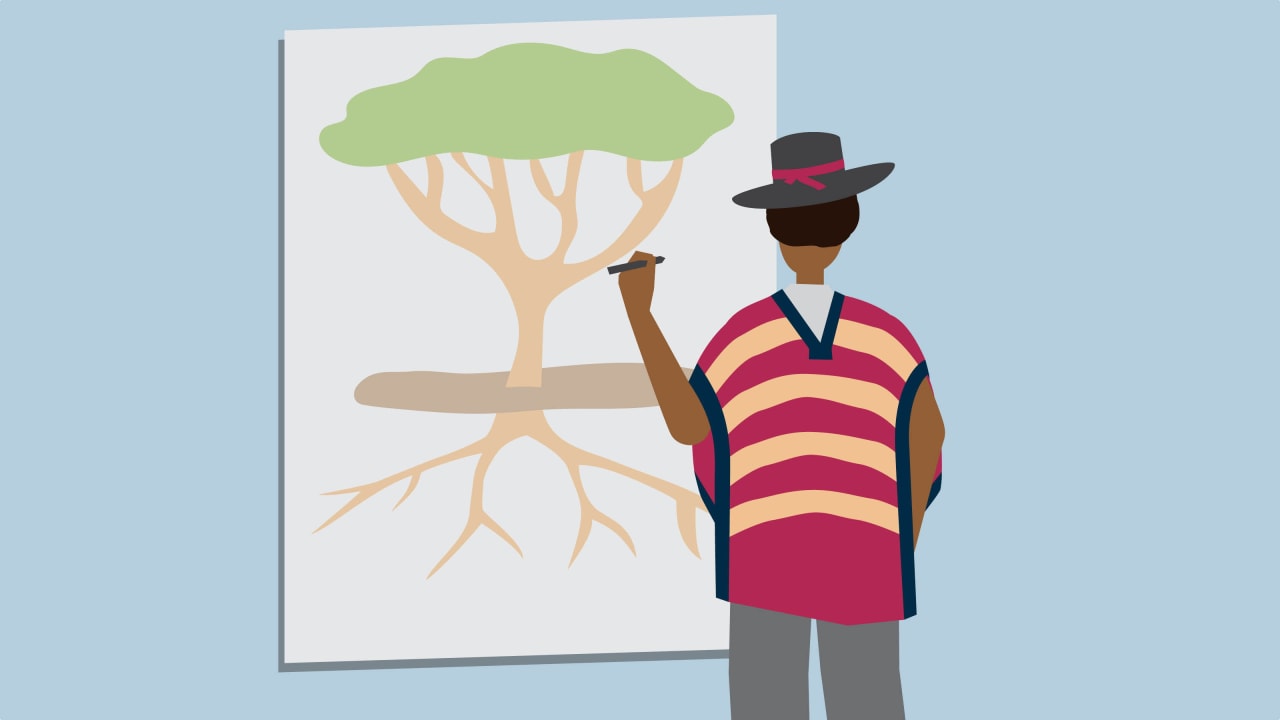

From: Peace and reconciliation - Footsteps 121
Actions we can take to help build peace and foster reconciliation in our homes and communities
Download resource
Other languages
Example
Imagine a situation where floods and landslides have caused hundreds of people to move from the countryside to an already crowded informal settlement on the edge of a city.
As the pressure on available space and resources grows, arguments break out between the original residents and the newcomers, with threats of violence on both sides.
The local church invites representatives from both groups to meet to talk about the conflict. A facilitator encourages them to work together to answer the discussion questions below.
During the process of answering these questions, the group draws a conflict tree to help them understand the situation better. As they do this, they realise that if the root causes of the conflict are not addressed, then it will be difficult for them to find a lasting solution.
They also realise that everyone wants the same thing – a safe and comfortable place to live – and that their disagreements are making the situation worse.
Based on this understanding, they agree to start working together to resolve the problem. As a starting point, they send a letter to the local government asking for practical support, and the host community offers to provide temporary accommodation for new arrivals.
Discussion questions
- What is the issue of disagreement?
- Which people (individuals and groups) are involved and who is affected? How are they affected?
- What is the viewpoint of each group?
- What are the values, needs, hopes and concerns of each group? Which of these differ and which are the same?
- What are the past misunderstandings that might have contributed to the disagreement?
- What solutions to the conflict does each group suggest?
- Why might some of these solutions be unacceptable to the opposing group?
- What solutions will be acceptable to everyone?

Key tips for facilitators
-
Be sensitive and wise
Issues relating to conflict can be very sensitive and must be approached with an open and non-judgemental attitude. Before you start, make sure that the discussions will not put anyone at risk.
-
Ensure participation
Include men and women of different ages, ethnicity, religion, disability status and socioeconomic background in the discussions. If the conflict is not too intense, it might be possible to hold discussions with representatives from different sides at the same time. But if this is likely to make the situation worse, meet with the different groups separately.
-
Go slowly
The process needs to be carried out at the pace of the people involved. Let them decide how much time they want to spend on each question and activity.
Similarly Tagged Content
Share this resource
If you found this resource useful, please share it with others so they can benefit too.

Subscribe to Footsteps magazine
A free digital and print magazine for community development workers. Covering a diverse range of topics, it is published three times a year.
Sign up now - Subscribe to Footsteps magazine


